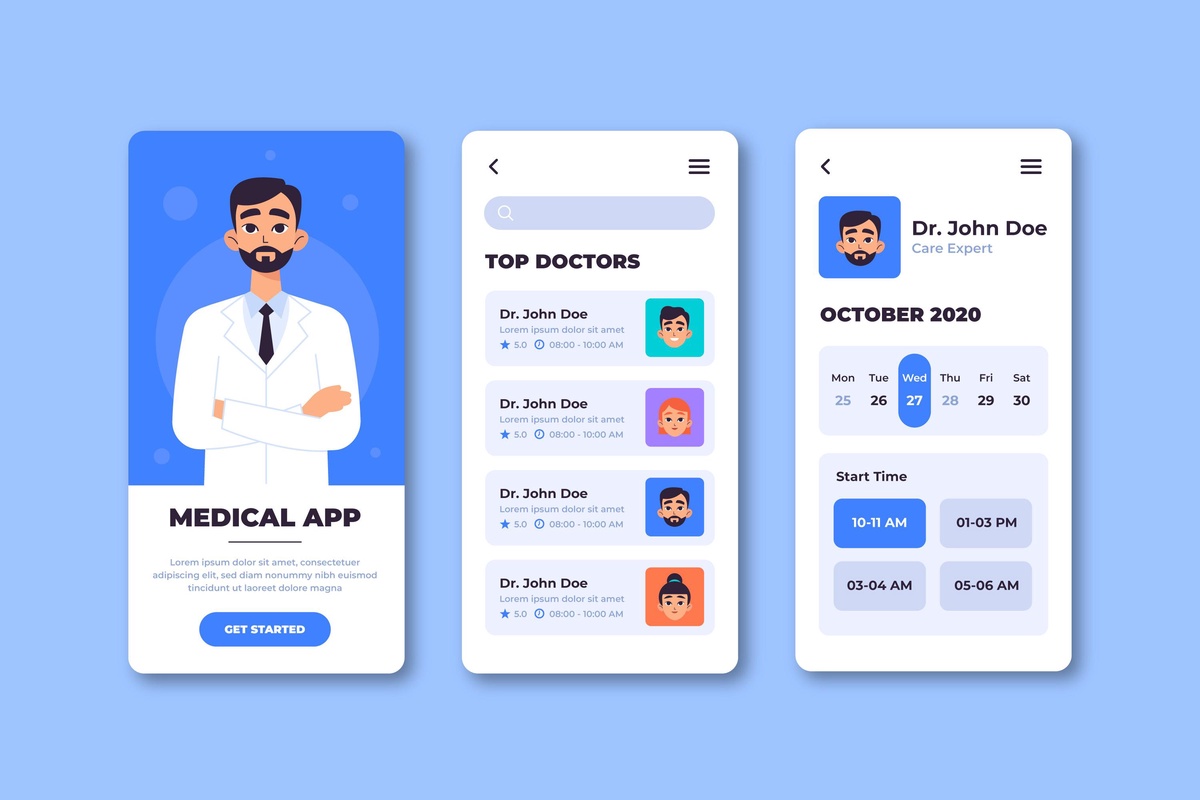In today's fast-paced world, telemedicine has become a vital tool in providing healthcare services remotely. With the increasing demand for convenient and accessible healthcare solutions, developing a Telemedicine Application Development can be a lucrative venture. Whether you're a healthcare professional looking to extend your services or a tech entrepreneur with a vision for improving healthcare accessibility, building a telemedicine app from scratch requires careful planning and execution. Here's a comprehensive guide to help you get started:
1. Define Your Objectives
Before diving into development, clearly outline the objectives of your telemedicine app. Determine the target audience, the problems your app will solve, and the features it will offer. Will it facilitate video consultations, secure messaging, appointment scheduling, or prescription management? Identifying these aspects will guide the development process.
2. Research Compliance Requirements
Compliance with healthcare regulations such as HIPAA (Health Insurance Portability and Accountability Act) is crucial for any telemedicine app. Ensure that your app meets all legal and regulatory standards to safeguard patient privacy and data security. Conduct thorough research or consult with legal experts to understand the compliance requirements specific to your region.
3. Choose the Right Development Approach
Decide whether you'll opt for native app development (iOS and Android) or a cross-platform solution like React Native or Flutter. Consider factors such as development time, cost, and user experience when selecting the appropriate approach for your telemedicine app.
4. Design User-Friendly Interfaces
User experience (UX) design plays a pivotal role in the success of your telemedicine app. Design intuitive interfaces that prioritize ease of use and accessibility for both patients and healthcare providers. Incorporate features such as easy navigation, appointment scheduling, secure messaging, and seamless video conferencing.
5. Integrate Telehealth Technologies
Telemedicine apps rely on various technologies to enable remote consultations and healthcare services. Integrate reliable video conferencing solutions, real-time messaging, electronic health records (EHR) integration, and secure payment gateways into your app. Partnering with established telehealth service providers or leveraging APIs can streamline the integration process.
6. Focus on Security and Privacy
Protecting patient data is paramount in telemedicine app development. Implement robust security measures such as end-to-end encryption, secure user authentication, and data encryption during transmission and storage. Regularly update your app to address any security vulnerabilities and comply with evolving privacy regulations.
7. Test and Iterate
Thorough testing is essential to ensure that your telemedicine app functions seamlessly across different devices and operating systems. Conduct comprehensive testing for usability, performance, security, and compatibility. Gather feedback from beta testers, healthcare professionals, and patients to identify areas for improvement and iterate accordingly.
8. Launch and Market Your App
Once your telemedicine app is ready, launch it on the App Store, Google Play Store, or other relevant platforms. Develop a comprehensive marketing strategy to reach your target audience, including healthcare professionals, patients, and medical institutions. Utilize digital marketing channels, social media platforms, and partnerships with healthcare organizations to promote your app effectively.
9. Provide Ongoing Support and Updates:
Maintain regular communication with users and provide responsive customer support to address any issues or concerns. Continuously monitor app performance, gather user feedback, and release updates to enhance functionality and address emerging needs in the telemedicine landscape.
10. Stay Updated with Industry Trends
The field of telemedicine is constantly evolving with advancements in technology and changes in healthcare policies. Stay informed about emerging trends, innovations, and regulatory updates to adapt your telemedicine app accordingly and remain competitive in the market.
By following these steps and staying committed to delivering a reliable and user-friendly telemedicine app, you can make a meaningful impact on healthcare delivery while seizing opportunities in the growing telehealth market. With dedication, innovation, and a focus on improving patient care, your telemedicine app has the potential to revolutionize the way healthcare services are accessed and delivered in the digital age.


No comments yet